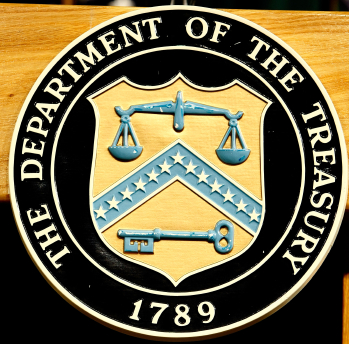
Introduction
On Monday, July 21 of 2014, the Department of Treasury and Internal Revenue Service (hereinafter the “Service”) issued Final Treasury Regulations under T.D. 9680 to amend the definition of research and experimental expenditures pursuant to I.R.C. § 174. These Final Treasury Regulations finalized and replaced the previously issued Proposed Treasury Regulations that were published on September 6, 2013. As a reminder, Treasury Regulations provide the official interpretations of the Internal Revenue Code by the Department of Treasury and have the force and effect of law. The most common forms of Treasury Regulations include:
➢ Proposed Treasury Regulations (e.g., binding only on the Service and not the taxpayers);
➢ Temporary and Final Treasury Regulations (e.g., binding on both the Service and the taxpayers); and
➢ Preambles (e.g., treated just like legislative histories to demonstrate congressional intent and may underlie either type of the aforementioned treasury regulations regardless of status as Proposed, Temporary, or Final).
To that end, a paradigm shift occurred when the Department of Treasury and the Service finalized the regulations from Proposed Treasury Regulations status (e.g., binding only on the Service and not the taxpayers) to Final Treasury Regulations status (e.g., binding on both the Service and the taxpayers). As a result, now all taxpayers must comply with these newly published Final Treasury Regulations as they have the force and effect of law and must be weighed as such to assess a sustainable tax return filing position per Circular 230 (e.g., at least “Substantial Authority”, but preferably “More-Likely-Than-Not” or higher).
Synopsis
The newly issued Final Treasury Regulations amend the definition of research and experimental expenditures under I.R.C. § 174. More specifically, these Final Treasury Regulations provide guidance on the tax treatment of amounts paid or incurred in connection with the development of tangible property, including pilot models. The subsequent synopsis will serve to capture the primary aspects of the impact on the tax treatment governing these expenditures under the newly issued Final Treasury Regulations including, but not limited to:
• The regulations amended the statute to provide that the Depreciable Property Rule in Treas. Reg. § 1.174-2(b)(1) and § 1.174-2(b)(4) is an application of the general definition of research or experimental expenditures provided for in Treas. Reg. § 1.174-2(a)(1) and should not be applied to exclude otherwise eligible expenditures;
• The regulations defined the term “pilot model” as any representation or model of a product that is produced to evaluate and resolve uncertainty concerning the product during its development or improvement. The term included a fully functional representation or model of the product or a component of a product;
• The regulations clarified the general rule that the costs of producing a product after uncertainty concerning the development or improvement of a product is eliminated are not eligible under I.R.C. § 174 because these costs are not for research or experimentation;
• The regulations provided a “shrinking-back rule” to address situations in which the requirements are met with respect to only a component part of a larger product and are not met with respect to the overall product itself; and
• To counter an interpretation that I.R.C. § 174 eligibility can be reversed by a subsequent event, the regulations provided that the ultimate success, failure, sale or other use of the research or property resulting from research or experimentation is not relevant to a determination of eligibility under I.R.C. § 174.
The regulations also provided new examples applying the foregoing provisions.
Effective Date
The Final Treasury Regulations apply to taxable years ending on or after the date of their publication as final regulations in the Federal Register. Taxpayers may apply the final regulations to taxable years for which the limitations for assessment of tax have not expired. Please consult the Federal Register for the Final Treasury Regulations at https://www.federalregister.gov/articles/2014/07/21/2014-16956/research-expenditures#h-4
In accordance with Circular 230 Disclosure


















Recent Comments